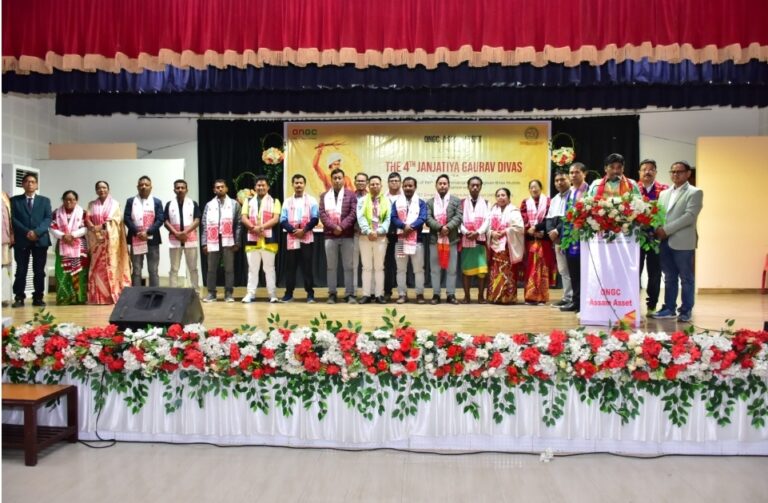Usually when there is heavy rainfall in catchment areas, the river waters of most of the rivers turn muddy and brownish in colour.
But the river Dikhow, the lifeline of the people of the Sivasagar district, suddenly turned green on the intervening night of April 16 and 17 and a huge quantity of endemic species of fish were found floating in the water.
As the news went viral in different media platforms, people rushed to the riverside and began catching dead fish and some grasping for breath.
The next day the water turned blue.
When asked about this bizarre development, the Pollution Control Board, Assam (PCBA) officials in Sivasagar informed that they are yet to ascertain the real cause behind the changing colour of the Dikhow waters. It happened last year also during the rainy season.
The PCBA sources informed that the two-member teams of experts from the Guwahati office -Karanjit Nath and Simanta Goswami, have collected samples on Tuesday and the test report will be available after some days.
Some other sources here indicate that the parties involved in illegal and rampant open cast coal mining in neighbouring Nagaland, especially in the region where the river originates, release the toxic waters when there is heavy rainfall in the region so that the toxic pollutants do not make a panic among the people downstream.
It is basically due to the toxicity in the water that the fish population goes blind and gets afloat. The people run the risk of being sick after consuming those fish. Hundreds of people living along the river use the river water for bathing and washing purposes also. It is the responsibility of the district administration also to keep the natural water bodies pollution-free.
Though there had been similar allegations earlier, the PCBA does not react in a way the people expect. They do not want to blame ONGC which also operates many production centres in and around the district.
Ratan Saikia, a retired ONGC officer, said on Tuesday that the pH Hydrogen ion concentration level should be checked regularly. He also suggested that the colour of the river water at the source and at certain points downstream need to be tested to ascertain where exactly the contamination takes place. Another allegation is that the lead factories in Nagaland release toxic materials along with the rain waters during the rainy season to evade detection by authorities downstream.















